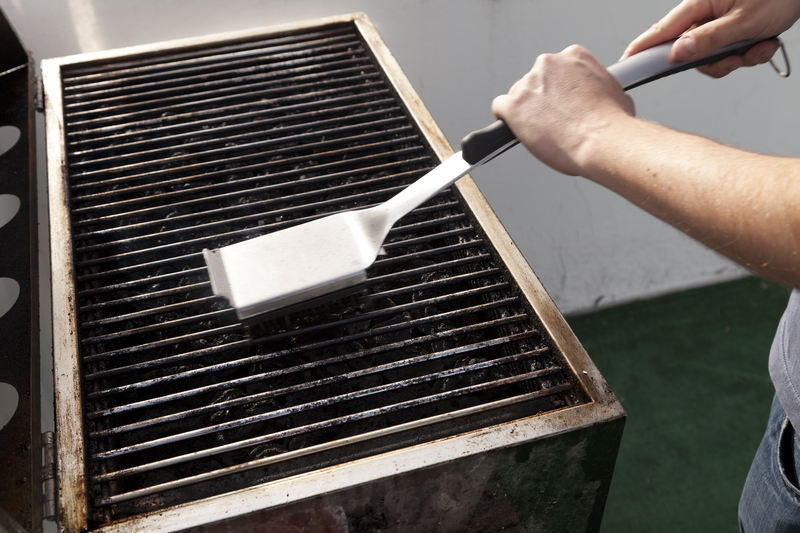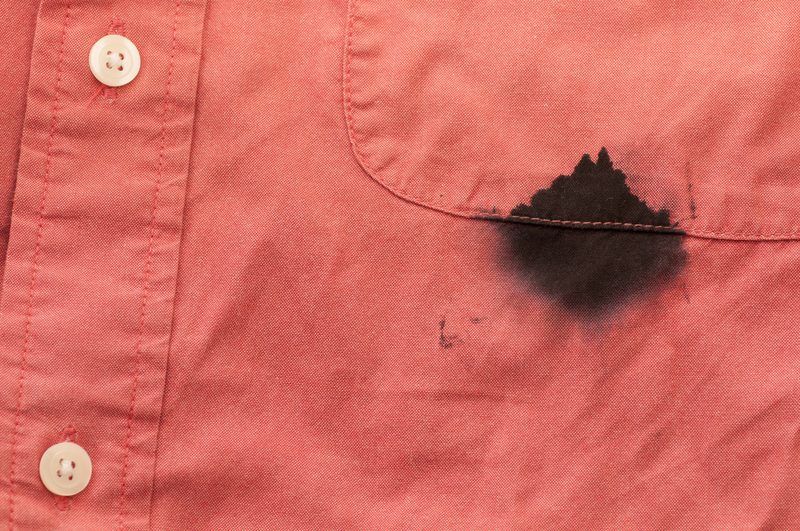Vacuuming Alone Can't Fully Clean Your Carpet
Posted on 07/09/2025
Vacuuming Alone Can't Fully Clean Your Carpet
Carpets add warmth, comfort, and aesthetic appeal to our homes. They can instantly make a room feel more inviting and luxurious. However, maintaining them in pristine condition requires more than just running a vacuum over them every few days. While vacuuming is essential, it is crucial to understand that vacuuming alone can't fully clean your carpet. Dirt, allergens, stains, and microbes often remain hidden deep within the fibers, necessitating more comprehensive cleaning methods.
The Limitations of Vacuuming
Vacuum cleaners are designed primarily for surface cleaning. They do a decent job of picking up loose dirt, dust, and debris that are on the top layer of the carpet. However, their effectiveness decreases significantly when it comes to deeper cleaning. The following are some key limitations of vacuuming:
- Surface Cleaning: Most vacuums can only reach the dirt on the surface or just below. They lack the capability to extract deeply embedded particles.
- Limited Stain Removal: Vacuuming does not typically address stains, spills, or spots that have penetrated deeper into the carpet fibers.
- Allergen Accumulation: Vacuum cleaners may not effectively remove allergens such as pollen, pet dander, and dust mites that can settle deep into the carpet.
- Microbial Presence: Bacteria, fungi, and other microorganisms can proliferate within carpet fibers, an issue a vacuum cannot resolve.

Why Deep Cleaning is Essential
To maintain the health, longevity, and look of your carpets, it's important to go beyond basic vacuuming. Deep cleaning methods are necessary to eliminate dirt, stains, and allergens that settle into the carpet layers and padding. Regular deep cleaning has several benefits:
- Enhanced Appearance: Deep cleaning can restore the color and texture of your carpets, making them look fresher and newer.
- Healthier Environment: Removing allergens and microbes from your carpets contributes to a healthier living space, which is especially important for individuals with allergies or respiratory issues.
- Odor Elimination: Deep cleaning removes the source of bad odors--such as pet urine or spilled food--rather than just masking them.
- Extended Carpet Life: Regular deep cleaning helps in maintaining the structural integrity of the carpet fibers, thus extending the lifespan of your carpets.
Methods of Deep Cleaning
There are several methods for deep cleaning carpets, ranging from professional services to DIY approaches. Below are some of the most effective methods:
1. Steam Cleaning (Hot Water Extraction)
Steam cleaning is one of the most popular and effective methods for deep cleaning carpets. It involves the use of hot water mixed with cleaning agents, which is injected into the carpet under pressure. The solution loosens the dirt, debris, and stains embedded in the carpet fibers. A high-powered vacuum then extracts the solution along with the dirt.
Benefits:
- Thoroughly cleans and sanitizes the carpet.
- Removes deep-seated dirt, allergens, and microbes.
- Suitable for a wide range of carpet types.
Downsides:
- Requires a drying period, often several hours, to fully dry the carpets.
- Professional services can be expensive.
2. Dry Cleaning
Dry cleaning methods use specialized machines to apply a dry compound, often a powder or granules, which is worked into the carpet fibers using specialized brushes. The compound attracts and absorbs dirt, which is then vacuumed up.
Benefits:
- Minimal drying time required.
- Convenient and quick.
Downsides:
- May not be as effective as steam cleaning for deeply embedded stains or heavy soiling.
- Residue from the cleaning compounds may remain in the carpet.
3. Shampooing
This older method involves applying a foamy shampoo to the carpet, which is then scrubbed into the fibers using a machine with rotating brushes. The shampoo encapsulates dirt particles, which are then vacuumed up after drying.
Benefits:
- Effective for dirt removal and brightening carpets.
Downsides:
- Can leave behind a sticky residue that attracts more dirt.
- Requires a drying period.
Professional vs. DIY Deep Cleaning
Both professional services and DIY methods have their pros and cons. When choosing between the two, consider the following factors:
Professional Cleaning
Professional carpet cleaning services have the advantage of advanced equipment and expert knowledge. They can tailor their methods to the specific types and conditions of your carpets, ensuring a thorough and effective clean.
Pros:
- High-quality results with minimal effort on your part.
- Expertise in handling various types of stains and carpet materials.
Cons:
- Can be expensive, especially for large areas or frequent cleanings.
- Scheduling and availability may be limiting.
DIY Cleaning
DIY methods typically involve renting or purchasing a steam cleaner or dry cleaning machine. While this option can be more cost-effective, it requires more effort and may not achieve the same level of cleanliness as professional services.
Pros:
- Cost-effective, especially if you already own the equipment.
- Convenient, as you can clean on your own schedule.
Cons:
- May not be as effective as professional services.
- Requires physical effort and can be time-consuming.

Maintaining Your Carpet Between Deep Cleanings
Even though deep cleaning is essential, regular maintenance is equally important to keep your carpets looking their best. Here are some tips for maintaining your carpet between deep cleanings:
- Frequent Vacuuming: Vacuum your carpets at least once a week to remove surface dirt and prevent it from embedding deeper into the fibers.
- Address Spills Immediately: Blot spills with a clean cloth and use appropriate cleaning solutions to prevent stains.
- Use Doormats: Place doormats at entryways to reduce the amount of dirt and debris tracked onto your carpets.
- Rotate Furniture: Change the positioning of furniture periodically to prevent uneven wear and tear on your carpets.
- Regular Professional Inspections: Have a professional inspect your carpets annually to identify potential issues early and recommend necessary treatments.
Conclusion
While vacuuming is a crucial part of regular carpet maintenance, it is not sufficient to keep your carpets fully clean and healthy. Dust, dirt, allergens, and microbes can settle deep into the carpet fibers, requiring more intensive cleaning methods. Incorporating periodic deep cleaning--through professional services or DIY approaches--and following proper maintenance practices will ensure your carpets remain beautiful, sanitary, and long-lasting. Remember, vacuuming alone can't fully clean your carpet, but it is an essential component of a comprehensive carpet care regimen.






